At your request, we’re ready to spring into action! Here at List 25, we share your enthusiasm for facts. It’s our aim to sift through the information overload and pinpoint the truly intriguing details. We’re talking about facts that, upon further inspection, amaze and confound us with their sheer impact. And just to keep things spiced up, expect a dash of randomness!
Without further ado, here are 25 Mind-Blowing Random Facts You’ve Never Heard Before!
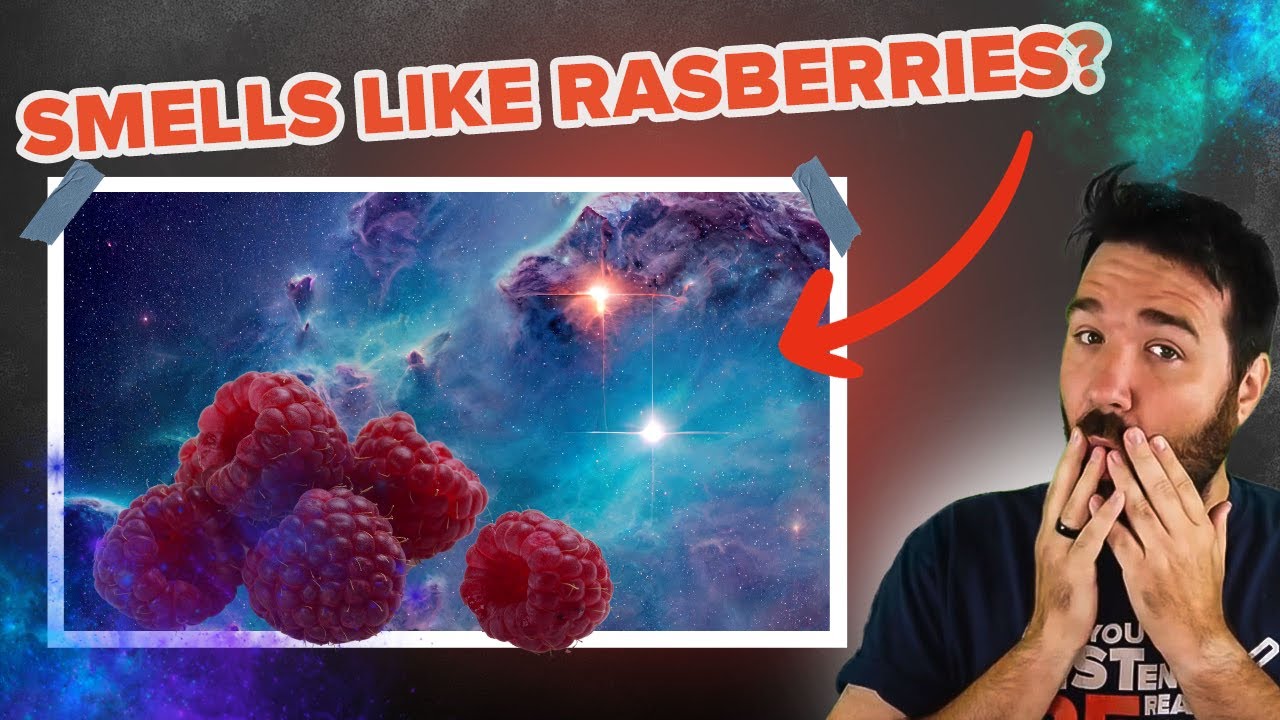
You’re Almost Certainly A Nose Picker
 http://www.bbc.com/future/story/20150202-why-do-we-pick-our-nose
http://www.bbc.com/future/story/20150202-why-do-we-pick-our-nose Guys, we promised random facts, and we’re here to deliver. Did you know that you’re almost certainly a nose-picker according to science? It is something we shouldn’t be proud of. Yanking giant boogers out of your face is only terrific if your goal in life is to spread germs (and look extremely gross while you’re doing it). However, most of us are deluding ourselves if we believe we are above such behavior. In 1995, two American researchers decided to conduct a study on nose picking in Wisconsin. They discovered that 91 percent of 1,000 adult volunteers picked their noses at least twice a day. In fact, two of the volunteers were so committed to picking that they believed it was ruining their lives.
If you’re wondering if this can be applied elsewhere, we’re sad to say other studies have had identical results. One study looked at 200 teenagers from five Bangalore schools and discovered that almost 100% of them were pickers. So, if you’re reading this with your finger up your nose, know that you’re not alone.
Chimpanzees Can Play Rock, Paper, Scissors
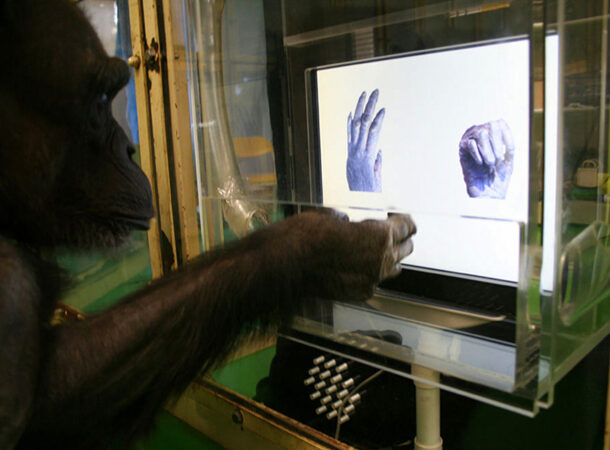 https://www.sciencedaily.com/releases/2017/08/170810104846.htm
https://www.sciencedaily.com/releases/2017/08/170810104846.htm We are not the only species that are capable of playing Rock Paper Scissors. Chimps can play the game at the same level as a four-year-old. According to research conducted at institutions in Japan and China, all chimps can learn to this level, but at a slower rate than a human child. Understanding the last pairing after memorizing everything else about the game takes the most time. This shows that the game’s circular nature causes them the most difficulty.
However, the fact that they eventually understand the circular reasoning behind the game’s rules provides scientists with a better understanding of their intellectual ability. Those behind the study hope that it may spark future research in this area.
The E.T. Conversationalists Are Already Talking To The Aliens
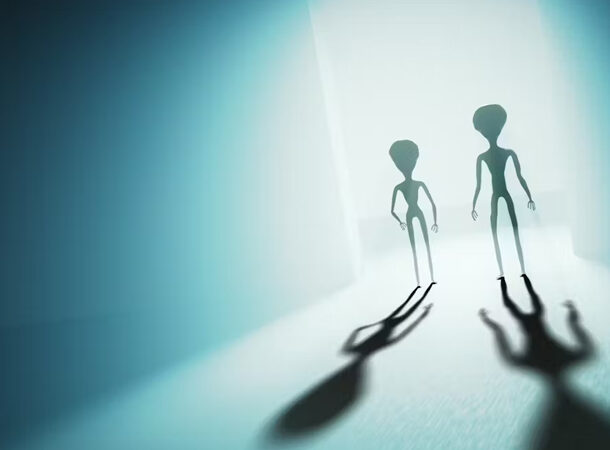 http://suite101.com/article/how-to-meditate-to-make-space-alien-contact-a199091
http://suite101.com/article/how-to-meditate-to-make-space-alien-contact-a199091 The most publicized attempts to contact aliens involve using advanced technology, but some believe that all we really need is a brain.
Dr. Steven Greer of the extraterrestrial documentary “Sirius” is perhaps the most notable self-proclaimed E.T. conversationalist. Several times a year, Greer leads communal meditation sessions in remote locations. Participants claim to attain a higher level of awareness during these events, which allows them to remember their previous lives – and – interact with aliens. Greer believes that his “contact expeditions” are always successful and that his participants serve as ambassadors to the galaxy. Who knows what Greer’s supporters are saying on our behalf? Let’s just hope they’re talking to friendly, peace-loving aliens.
The Milky Way Smells Like Raspberries
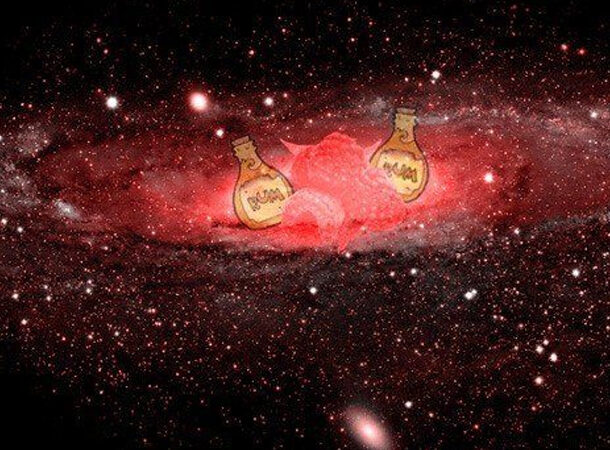 https://quoteinvestigator.com/2012/03/31/turpentine-prevails/
https://quoteinvestigator.com/2012/03/31/turpentine-prevails/ When we think about space, we have a mental image of what we will feel, see, and even hear. Most of us, though, have never considered what it would smell like while we’re up there. And, we’ll probably never know, since no astronaut can remove his spacesuit and live to tell the tale. However, the odor of an astronaut’s gear after a spacewalk might give us some insight.
Astronauts have reported that their space suits smelled like hot metal and cooked steaks after a spacewalk. No one understands why this is the case, but experts suspect it may be due to residues of dying star odor. As if that weren’t bizarre enough, the Max Planck Institute discovered that the core of the Milky Way smells like raspberries and tastes like rum. It is caused by ethyl formate in the area, which is a chemical compound found in raspberries.
“Huh” Seems To Form Part Of Our Universal Language
 https://www.americanscientist.org/article/huh-is-that-a-universal-word
https://www.americanscientist.org/article/huh-is-that-a-universal-word All English speakers are acquainted with the word “Huh?” It indicates confusion and that the listener needs more information and clarity from the speaker. This process is referred to as conversation repair. Something confusing gets said. The other person says, “Huh?” and the conversation resumes after the much-needed explanation.
Almost every society in the world practice conversation repair. But the most intriguing aspect of this is that an astonishing amount of languages use a sound that’s either identical or similar to the English word “Huh.”
There’s a Bacterium That Poops Gold
 https://www.iflscience.com/the-bacterium-that-eats-heavy-metal-and-poops-gold-is-a-tiny-badass-68113
https://www.iflscience.com/the-bacterium-that-eats-heavy-metal-and-poops-gold-is-a-tiny-badass-68113 If you haven’t had much luck playing the lottery, we have good news. There is another way to get rich quick…
Cupriavidus metallidurans is an unusual organism. The small bacterium eats metal compounds and essentially poops out little golden nuggets. This remarkable characteristic is the result of C. metallidurans’ interaction with its environment. The soils in which it thrives are rich in poisonous minerals such as copper and gold. Both metals are toxic in large quantities, but copper is required for the bacteria to live. As a result, the bacterium absorbs minerals from the soil and transforms them into a less hazardous form.
We Dug Up 100-million-year-old Bacteria (and it was still alive)
 https://www.reuters.com/article/us-science-microbes-idUSKCN24T25A
https://www.reuters.com/article/us-science-microbes-idUSKCN24T25A 2020 could have been a better year for us. In fact, most of us wouldn’t want it repeated. This is why it remains a mystery that scientists would have a significant announcement during the year of the “Rona” to proudly announce that they managed to retrieve ten major types of 100 million-year-old bacteria from the floor of the Pacific Ocean. Yes, they dredged up the oldest known organisms on earth – where they had been peacefully napping, bothering nobody, beneath 200 feet (70 meters) of the seafloor.
But this story gets even better. The scientists were amazed to discover that 99% of microbes survived after millions of years without nutrients. The researchers lovingly incubated the organisms in a laboratory for 557 days, supplying nourishment in the form of carbon and nitrogen sources like ammonia, acetates, and amino acids. Because what could POSSIBLY go wrong, right?
Moles Can Smell In Stereo
 http://news.discovery.com/animals/the-mole-smells-in-stereo-130205.htm
http://news.discovery.com/animals/the-mole-smells-in-stereo-130205.htm The common mole triangulates the position of an odor using each of its nostrils, allowing the animal to pinpoint the source of the smell in seconds. Because moles are blind, this talent is critical to their survival. Until recently, scientists believed that mammals didn’t have this skill. As a result, they now want to test this ability in other species that rely heavily on their keen sense of smell, like pigs, dogs, and rats.
To test their theories regarding moles’ capabilities, researchers stuck straws into their noses, which seriously slowed them down while they were looking for food. When these straws were placed in each nostril and then crossed, the moles would veer in the opposite direction of the meal, suggesting they actually smelled in stereo. Sharks and ants are believed to have this talent as well.
The Reason Toilet Paper Is White
 https://www.technology.org/2018/12/02/why-almost-all-toilet-paper-is-white-why-are-manufacturers-bleaching-it/
https://www.technology.org/2018/12/02/why-almost-all-toilet-paper-is-white-why-are-manufacturers-bleaching-it/ At List 25, we always go the extra mile. Even to find the facts you may not really want to know. Like the reason toilet paper is always white because everyone wants to know about that, don’t they?
Toilet paper, it turns out, is virtually always white because it is bleached. It is the exact same reason our standard writing paper is white. If regular and toilet paper were not bleached, it would be brownish-gray. We realize that ordinary paper is bleached white for us to read what is printed on it clearly. But why is this being done to toilet paper? Well! It’s done for two reasons. For starters, manufacturers bleach the paper to remove lignin – the stuff that makes trees rigid. Nobody wants rigid and hard toilet paper. The second reason is that anything white is considered clean. This is why manufacturers of recycled toilet paper continue to bleach it white despite the fact that it does not contain lignin.
Insects versus Sand
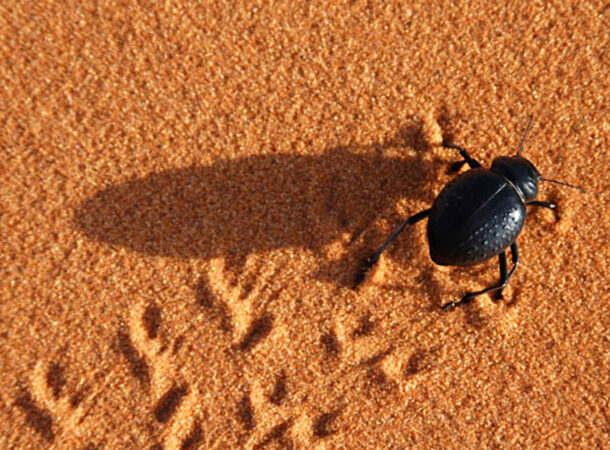 https://www.royensoc.co.uk/understanding-insects/facts-and-figures/#:~:text=Did%20you%20know%3F,more%20than%20all%20the%20people.
https://www.royensoc.co.uk/understanding-insects/facts-and-figures/#:~:text=Did%20you%20know%3F,more%20than%20all%20the%20people. We humans like to think of ourselves as the dominant species on Earth, but we’re about to burst your bubble. We are not dear friends because we simply don’t have the numbers. There are around 1.4 billion insects for every human alive on Earth, which means that there are approximately 11.2 quintillion insects in the world! That’s an 11 followed by 18 digits.
What about sand, though? Is there more than 11.2 quintillion grains of sand on the planet? As it turns out, the answer is yes. Much, much more! The number of sand grains is around seven sextillion, significantly more than the number of creepy crawlies. Consider the number 7 with 21 zeros next to it! To put this figure into perspective, divide 7 sextillions by 11.2 quintillions, and you will get 625, which is the amount of sand grains for every insect on Earth!
Saturn’s Singing Rings
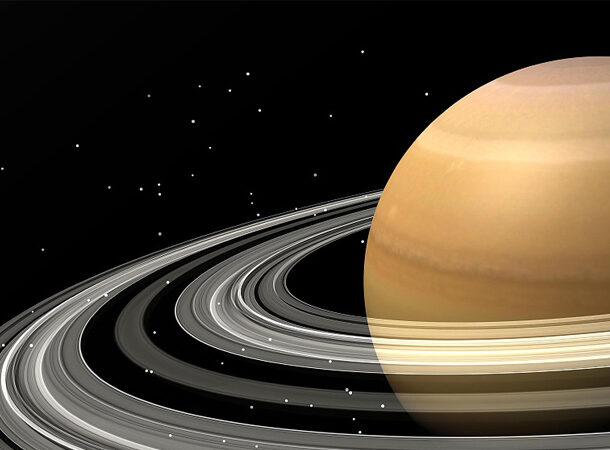 https://www.nytimes.com/2017/05/03/science/nasa-cassini-sound-recording-saturn.html
https://www.nytimes.com/2017/05/03/science/nasa-cassini-sound-recording-saturn.html While it’s easy to imagine that space is deafeningly quiet, Saturn’s rings beg to differ. You may not know this, but Saturn is a celestial maestro who performs a symphony that is literally out of this world on a daily basis. Thanks to the Cassini spacecraft, we have recently discovered that Saturn’s rings produce a variety of hauntingly beautiful noises.
These ethereal sounds are produced by the interactions of innumerable ice particles within the rings, resulting in a cosmic orchestra that only Saturn could muster. It’s almost as if the planet mimicked Earth’s vinyl records, with grooves made of ice and rock instead of vinyl, playing tunes for anyone – or any probe – with the ability to “listen.” So, next time you glance up at the evening sky, give a nod to Saturn, our universe’s most surprising DJ.
Uranus Orbits The Sun On Its Side
 https://www.space.com/uranus-tilt-from-lost-moon-not-impact
https://www.space.com/uranus-tilt-from-lost-moon-not-impact When most people think of planets, images of beautiful orbs serenely orbiting the sun spring to mind. Then there’s Uranus, the solar system’s wacky renegade. Rather than a stately spin like a top, Uranus loves to roll around like a malfunctioning bowling ball that’s had one too many intergalactic cocktails.
Uranus orbits the Sun on its side, with an axial tilt of 98°, as if it’s trying to take a cosmic nap. Scientists believe this unusual stance is the result of a long-ago celestial smackdown with an Earth-sized asteroid. The end result? A planet that appears to be in a constant process of rolling away from some embarrassing catastrophe. While the rest of the solar system may raise an eyebrow at Uranus’ strange behavior, the planet stays unconcerned, relishing its place as the weird cousin in our celestial family.
We Lost The Recipe For Concrete For Almost 1,000 Years
 https://www.ancient-origins.net/news-history-archaeology/researchers-discover-secret-recipe-roman-concrete-020141
https://www.ancient-origins.net/news-history-archaeology/researchers-discover-secret-recipe-roman-concrete-020141 Concrete is an extremely common substance. In fact, some estimates hold that as many as 3,000 pounds (1,360 kilograms) of concrete are made per year for every living human on earth! The most bizarre part is that we lost the recipe for making the sidewalk stuff for almost a thousand years – and couldn’t figure out how to make it on our own!
It appears that almost 2,000 years ago, the ancient Romans created specialized kilns that mastered the concrete recipe they commonly used to build amazing structures, such as the Pantheon and many others that survive to this day. One would think that we would have perfected that recipe over the ages since, making it even better, right? Wrong! The formula was misplaced for more than nine centuries after the fall of the Empire! Finally, in 1414, monks at a Swiss monastery unsealed a book and discovered what city authorities had been looking for for centuries: the recipe for Roman concrete. We’ve employed that formula with remarkable success ever since.
Your Language Determines Your Perception of Colors
 https://neurosciencenews.com/color-perception-language-21650/
https://neurosciencenews.com/color-perception-language-21650/ The human eye can see thousands of different colors, but how we perceive those colors depends on our language. This is because our brains perceive things in a way that makes sense or has significance. Your culture also profoundly affects sense and meaning.
While the majority of languages have multiple terms for colors, others have only a handful. Others, such as the Warlpiri people of Australia, have none. Instead, they describe colors in their language using textures, purpose, and sensations. The Dani of Papua New Guinea simply describes colors as dark or light (or, at times, cold or warm).
The Grand Canyon Has A Cold Case Squad
 http://azdailysun.com/news/special-report-cold-cases-to-heat-up/article_c427901d-a310-5185-8fac-e6b957283781.html
http://azdailysun.com/news/special-report-cold-cases-to-heat-up/article_c427901d-a310-5185-8fac-e6b957283781.html Over the last century, reports of skeletal remains discovered across the Grand Canyon have been common. Such awful discoveries, however, are understandable given the staggering amount of cold cases in the Coconino County Sheriff’s Office’s database. To solve the inexplicable disappearances, unattended deaths, and homicides and identify remains, the county created a “cold-case squad.”
The exact body count at the Grand Canyon remains a mystery, as do the victims, whose deaths included accidents, suicides, murder, and even torture. Some of the victims have been given names in an effort to create an identity, such as “Little Miss X” and “Valentine Sally.” Every day, the cold-case squad does everything in its power to piece together the unresolved murders of the past in the hopes of giving closure, if not to the loved ones, then to the souls that wander the grounds of the canyon.
Modern Slaves Cost About $90 Worldwide
 https://www.factretriever.com/human-trafficking/-facts
https://www.factretriever.com/human-trafficking/-facts We promised random, not morbid, but we thought this fact was important. Back in 1850, the average slave in the US was worth $40k. The average price of a slave in this day and age is shockingly low. Despite the fact that certain slaves can be purchased for thousands of dollars, the average price is a mere $90. Yes, $90.
People are mere commodities in the eyes of human traffickers. A convicted human trafficker named Ludwig “Tarzan” Fainberg boasted if a woman is young and attractive, you can buy her for $10,000 and make your money back in a week. After that, everything else is profit.
We Found The Recipe For Bigger Babies
 https://www.sciencedaily.com/releases/2014/07/140728130956.htm
https://www.sciencedaily.com/releases/2014/07/140728130956.htm And it’s surprisingly simple! According to a 2014 Ben-Gurion University study, moms who live in greener environments tend to have babies with much higher average birth weights. The study also discovered a significant reduction in the chance of low birth weight, which can result in a number of potentially lifelong health problems. The places with the least amount of vegetation, loosely defined as gardens, parks, and even cemeteries, had the lowest birth weights. So drink your prenatal vitamins, moderate exercise, and eat healthy, but to grow a future NBA star – get into nature!
Parts of The Great Wall of China Was Made With Rice
 https://www.smithsonianmag.com/history/sticky-rice-mortar-view-space-and-more-fun-facts-about-chinas-great-wall-180962197/
https://www.smithsonianmag.com/history/sticky-rice-mortar-view-space-and-more-fun-facts-about-chinas-great-wall-180962197/ The Great Wall of China is a tremendous feat of ancient engineering. It was constructed using materials like soil, stone, and wood. However, the cherry on the cake is the unique mortar the ancient builders used to hold it all together. The builders mixed limestone and water with something special: sticky rice!
The sticky rice was mixed with lime, sand, and water to create a long-lasting and rugged material that could withstand the test of time. Combined with other components, the amylopectin found in the rice produces a sticky, flexible mortar that resists natural disasters like earthquakes. As a result, many sections of the Great Wall still stand strong today. And even though it never had hordes of monsters attacking free-falling archers, “Matt Damon – The Great Wall style,” we think that is pretty amazing in of itself!
Your Odds Of Being Attacked By A Shark
 https://www.americanoceans.org/facts/odds-of-a-shark-attack/
https://www.americanoceans.org/facts/odds-of-a-shark-attack/ The chances of being attacked by a shark in your lifetime are extremely low. Really! It is far (far, far) lower than every other unfortunate event you can imagine happening to the average Joe. According to the International Wildlife Museum, your chances of being attacked by a shark during your lifetime are about one in 3.75 million. Considering how many people spend time in the ocean and on the beach, that’s an absurdly low number.
When it comes to shark attacks, other sources have even lower numbers. Take the data from the International Shark Attack File, for example. That organization determined that the possibility of a human being attacked by a shark is 1 in 11.5 million, roughly three times less likely than the previously mentioned absurdly low number. In any case, those are enormous numbers with a lot of zeros at the end. So, go frolic in the waves. Get in the water. Have fun; you’re (mostly) safe!
The Timing of Yellow Lights
 https://safety.fhwa.dot.gov/provencountermeasures/yellow_xhg_intervals.cfm
https://safety.fhwa.dot.gov/provencountermeasures/yellow_xhg_intervals.cfm Don’t you just hate that moment when you approach an intersection and the traffic light turns yellow? It’s always a gamble. Slow down and stop, or speed up because you can make it through safely? Of course, we know we should probably stop – but why waste five minutes of your commute standing still in traffic?
However, many people don’t realize that the yellow light itself should actually be factored into the “will-I-Make-it-or-not” equation.
You see, authorities actually program yellow lights to run for a specific time – and the amount of time it flickers yellow before changing over to red differs depending on the speed limit of your particular street. As a rule of thumb, yellow lights flicker for 5 seconds when the speed limit is 55 mph and 3 seconds if the speed limit is 30 mph. So be extra careful when approaching yellow traffic lights; it could turn red a lot faster than you expect.
The Unfortunate Truth About Drinking And Driving
 https://www.nhtsa.gov/risky-driving/drunk-driving
https://www.nhtsa.gov/risky-driving/drunk-driving We know our fans are from all over the world, but for now, we’ll look at US statistics. The United States is a large country, home to hundreds of millions of people. Nonetheless, the number of drunk driving incidents that occur nationally is astonishing. Approximately 37 Americans die in drunk driving-related crashes every day. This equates to one death every 39 minutes throughout the country. In 2021 alone, 13,384 people died in motor vehicle crashes while at least one driver was under the influence of alcohol.
Beyond the raw data, the frequency of crashes at different times of day tell their own stories. According to NHTSA (the National Highway Traffic Safety Administration), the chances of getting hit by a drunk motorist are four times higher at night than during the day. Furthermore, your odds of getting hurt in an accident caused by a drunk driver treble on weekends compared to weekdays. So, driving around at midday on any Wednesday is significantly safer than driving around at midnight on a Saturday. Of course, that timetable alone will not safeguard you, but it is a start.
We've Only Been Around For 0.004% Of Earth's Existence
 http://www.bbc.co.uk/nature/history_of_the_earth
http://www.bbc.co.uk/nature/history_of_the_earth Humans have been on Earth for about 300 000 years. On the other hand, the Earth has been around for 4.54 billion years (give or take a million or three). To put that into perspective, we crunched up a few numbers. And I am here to tell you today that the human race has existed for a mere 0.004 % of the Earth’s history.
This is an incredible fact to consider. Yes, it makes sense, but it is still incredible! And, in spite of the fact that we have not even been around for 1% of the Earth’s existence, our history seems so vast, significant, and majestic to us. In all reality, as a species, we’ve made most of our progress in a relatively short period of time, only about 10,000 years.
We Still Haven’t Explored All The Landmasses On Earth
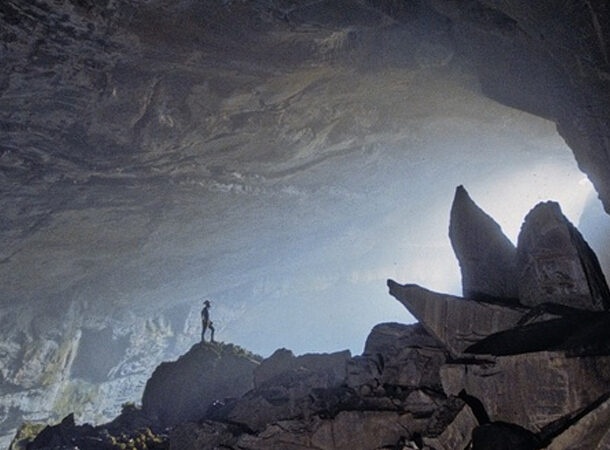 http://mentalfloss.com/article/63902/15-unexplored-corners-earth
http://mentalfloss.com/article/63902/15-unexplored-corners-earth Despite the fact that land accounts for less than 30% of our planet’s surface and transportation has never been more efficient, there are still landmasses and geographical regions that we’ve never explored. The most well-known is Vale do Javari in Brazil. It is home to 14 of the Amazon’s uncontacted tribes, totaling approximately 2,000 people. The secluded lifestyle of the tribes who live there is protected by law.
The Star Mountains in Papua New Guinea is another well-known unexplored area. The Hindenburg Wall, a network of over 1.6 kilometers (1 km) high limestone plateaus, is located in this isolated sector of the country’s western area. The 48-kilometer-long (30-mile) wall has practically untouched ecosystems. A survey of the region uncovered 1,109 plant and animal species, almost 100 of which were previously unknown. This is incredible if you think just how much technological development has shrunk our world.
A Piece of Haley’s Comet Hit a Home in New Jersey (37 years after it passed the Earth)
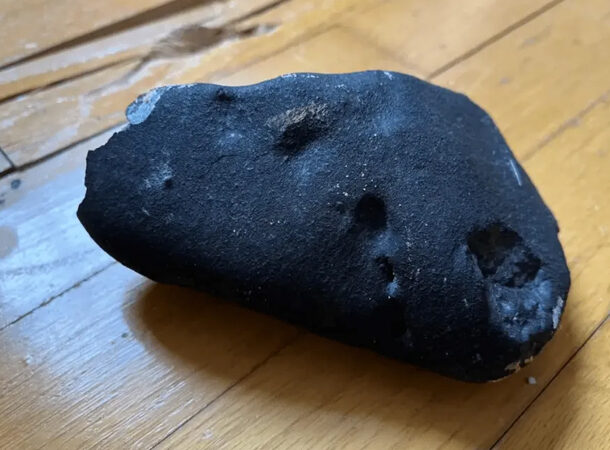 https://www.iflscience.com/meteorite-that-struck-a-new-jersey-house-may-be-from-halleys-comet-68839
https://www.iflscience.com/meteorite-that-struck-a-new-jersey-house-may-be-from-halleys-comet-68839 A meteorite slammed through the roof of a family’s Hopewell, New Jersey, home earlier this year. Thankfully, the 4-by-6-inch (10-by-15-centimeter) object crashed onto their living room floor without injuring anyone. However, the biggest shock wasn’t the space rock landing in their house, but the news of where it came from.
The Eta Aquarid meteor showers are created by debris from the passing of Halley’s comet, and even though it has been 37 years since it last passed through our solar system, the debris in its long trail lingers behind it. Earth travels through this debris trail every May and October, creating the Eta Aquarids meteor showers. Most of the debris is the size of grains of sand, but every now and then, a large enough piece makes its way through the atmosphere and to the surface, like in the case of New Jersey. Scientists believe the space rock is a fragment of debris from the Eta Aquarids meteor shower, making it a part of the celebrated comet.
Your Mind Could Be Under Control Of An Evil Parasite
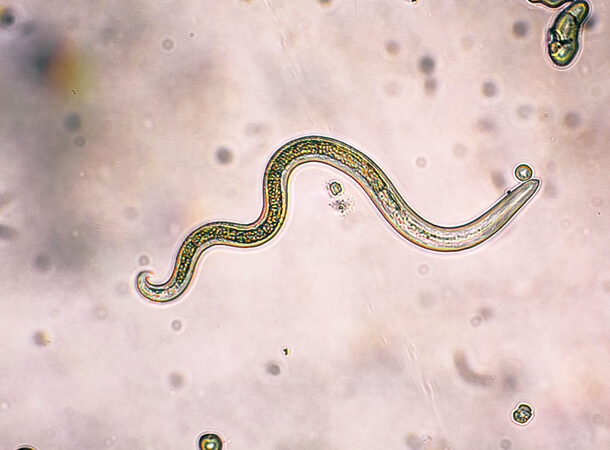 http://www.bbc.com/future/story/20130328-the-mind-bending-enemy-within
http://www.bbc.com/future/story/20130328-the-mind-bending-enemy-within How would you respond if you suddenly realized that the life you had been living had never been your own? That something else was controlling your every decision, manipulating your mood, and running your very life for its own gain? We’ve got bad news. As it turns out, there’s a good possibility this is precisely what’s happening to you.
We’ve known for a long time that certain parasites have the ability to control animals. However, we have only recently begun to recognize that such organisms could also impact humans. Toxoplasma gondii is the top contender. This single-celled brain parasite, found in soil, rotten meat, and cat feces, is considered to have infected as much as one-third of all humans. And studies show that it alters how we act. The creature was discovered to influence guilt, intelligence, and even affection – all critical factors in determining your personality. In fact, Toxoplasma gondii may have even unintentionally helped create human civilization throughout the ages. If that’s the case, we may owe the contemporary world to the nightmare worms living in our brains rather than our collective intelligence.



























